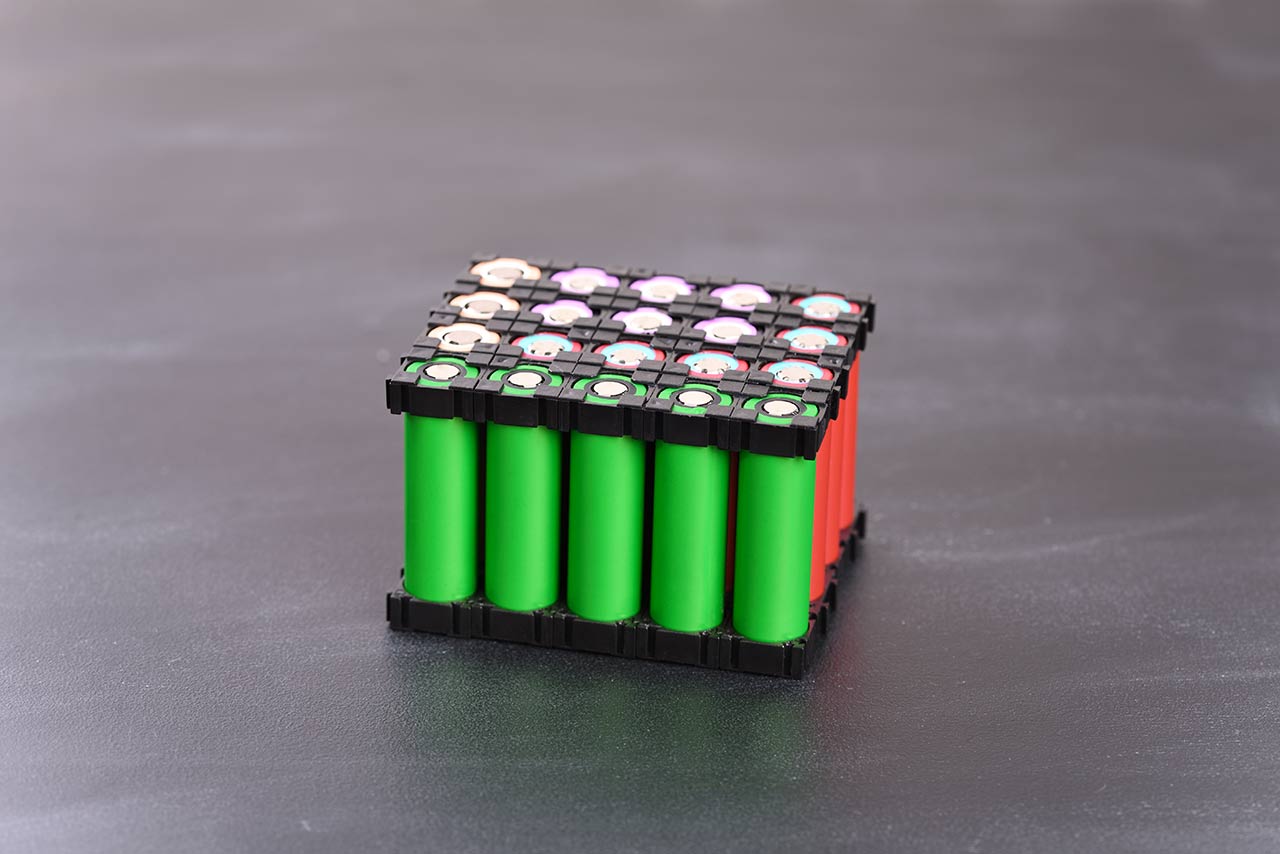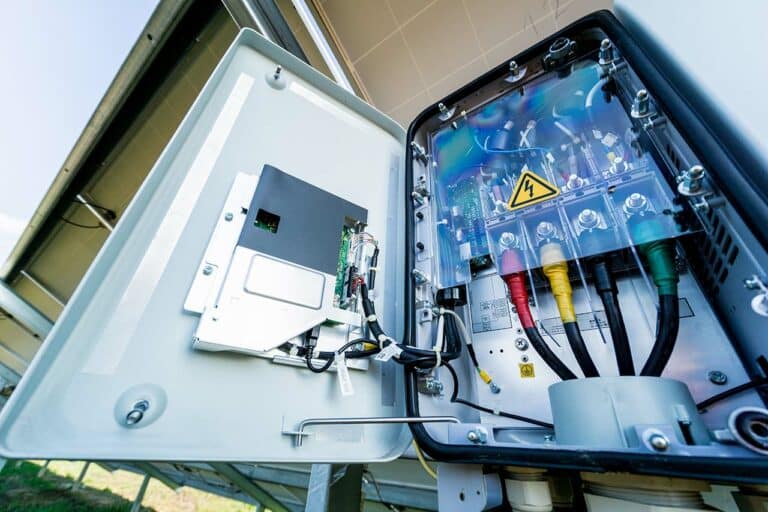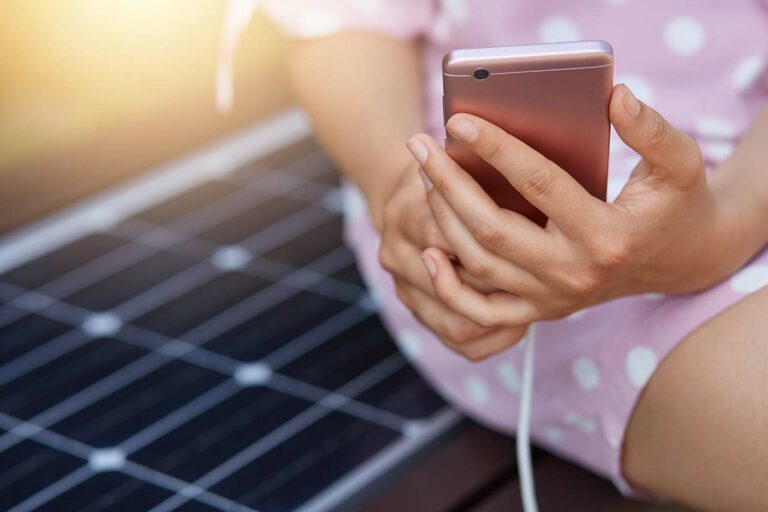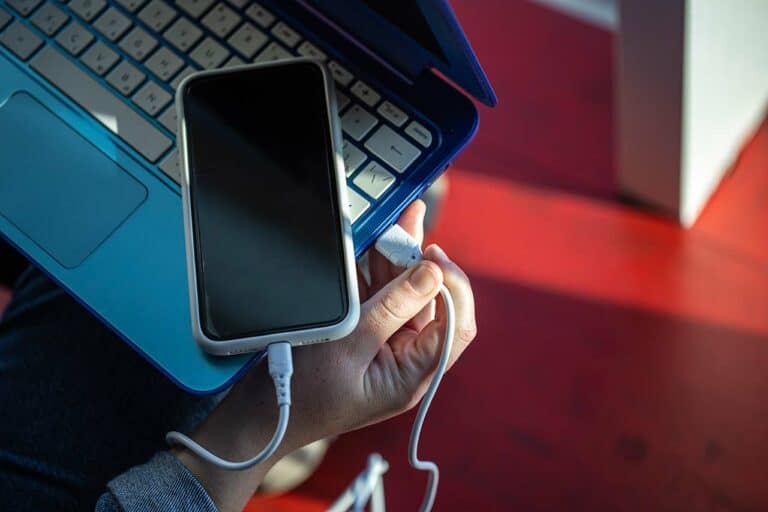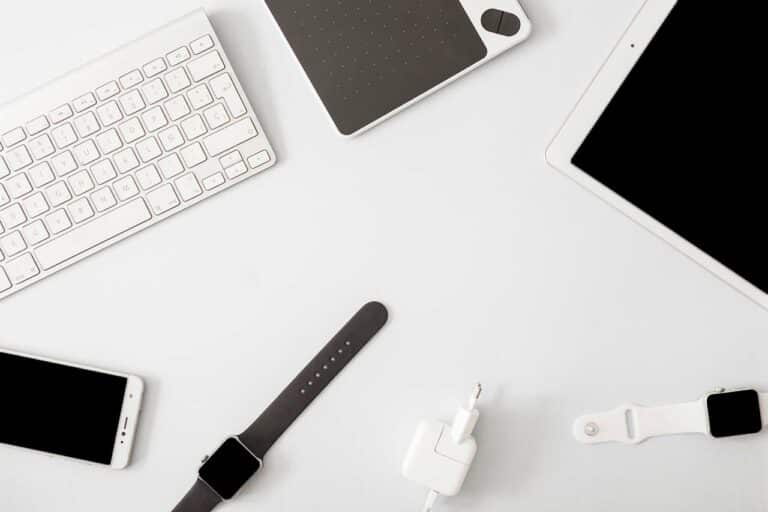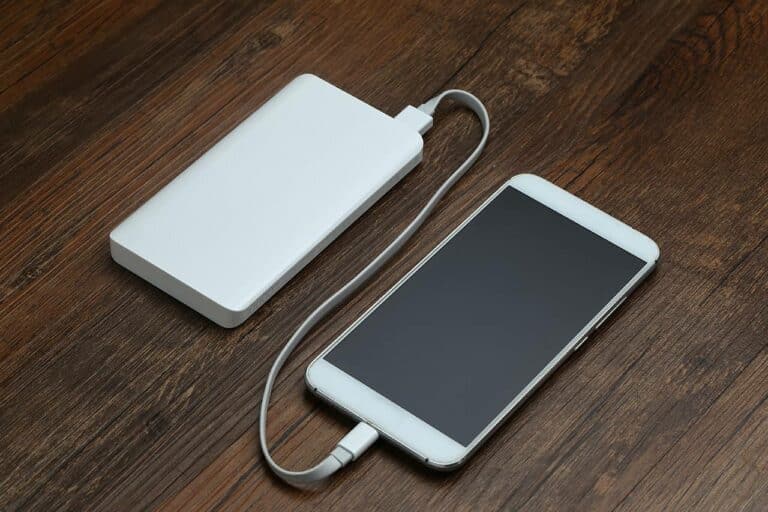How Long Do Lithium Batteries Last Without Charging? (What To Know)
When it comes to lithium batteries, and their utility during a power outage, you might be curious as to how long they can last without charging. As technology advances, these batteries play a crucial role in powering devices, and understanding their lifespan is essential for optimal performance.
So, let’s get into lithium batteries, how long they last, and how that lifespan might serve you in the event of a power outage.
Determining Factors of Lithium Battery Utility and Lifespan
Device Dependency and Battery Lifespan
Different devices consume battery power at varied rates, impacting how long a lithium battery can sustain during usage. For instance, a modern smartphone can last a day or two on a full charge, while certain laptops might only last several hours. In the event of a power outage, the efficiency of your device becomes paramount, and the longevity of your lithium battery can make a significant difference.
Setting up a device so it uses less battery, such as reducing the brightness of the screen or turning on low-power mode, will increase the lithium battery’s utility and keep the device powered on for longer.
Factors That Influence Lithium Battery Lifespan
When planning for emergency situations, like power outages, it’s important to know, not just how long a lithium battery will run a specific device, but how long the lithium battery itself can be expected to last.
Like any other battery, the lifespan of a lithium battery depends on a few critical factors.
Capacity Loss
Capacity loss plays a big role in a battery’s lifespan. Over time, lithium-ion batteries lose their ability to hold charge, which means fewer hours of usage on each charge cycle. As the number of charging cycles goes up, the battery’s overall capacity goes down. In general, a lithium-ion battery has a lifespan of around 300 to 500 full charge cycles. While this is just a rough estimate, it’s a good rule of thumb for knowing when to change out any device powered by a lithium battery that is part of your power outage preparation planning.
Self-Discharge
Another crucial aspect of a lithium battery’s lifespan is self-discharge – the natural loss of charge over time, even when the battery isn’t in use. Lithium-ion batteries have a pretty low self-discharge rate, losing around 1-2% of their charge per month when stored at room temperature. (Though, some lithium batteries can have much higher rates, up to double this average, so battery quality matters a lot here.) The rate of self-discharge increases at higher temperatures, so it’s best to store your batteries in a cool, dry place if you’re not going to use them for a while.
Internal Resistance
Another factor that affects lithium battery life is internal resistance. When you charge or discharge a lithium-ion battery, an internal voltage drop occurs due to the battery’s components and materials. As the internal resistance increases, the battery’s efficiency decreases, leading to a shorter runtime and reduced lifespan.
Chemical Processes and Battery Degradation
Chemical reactions happening in your lithium-ion batteries will cause them to degrade over time, and knowing how these chemical processes work can help you get a clearer idea of how long a battery might last.
In a lithium-ion battery, there’s an anode, a cathode, and some electrolyte in the middle. When the battery charges, lithium ions move from the cathode to the anode through the electrolyte. Then when you use your device, the ions move back to the cathode. So far, so good.
But things don’t always go off without a hitch. There are also some side reactions, like lithium plating or the formation of solid electrolyte interface (SEI) layers. These are bad news because they can increase the battery’s resistance, making it harder for those lithium ions to move around. And high resistance means your battery isn’t delivering the juice you need when you need it.
While these chemical processes in lithium-ion batteries are natural and inevitable over time, there are measures you can take to slow down this degradation and maximize battery longevity. These include:
Keeping your battery between 20-90% charged.
Regularly charging your battery to 100% or allowing it to drain entirely puts more strain on the battery, so aim to keep your battery between 20% and 90% most of the time.
Avoiding extreme temperatures.
Extreme temperatures, both hot and cold, can accelerate battery wear, so try to use and store devices at room temperature when possible.
Extreme Temperature Exposure
Temperature can seriously affect how long lithium batteries last without charging. Seriously, extreme temperatures in either direction — too hot, too cold — can do a number on your battery. This matters even more when the phone is in use.
Heat
Hot temperatures are no joke for lithium batteries. Not only can they accelerate the wear and tear on your battery, causing it to lose juice faster than usual, but they can actually pose an increased risk of device malfunction or even injury.
Increased heat in the air means increased heat in a device, so if you notice your device heating up, give it a break. Overheating can do serious damage to both the battery and your phone, and can even lead the battery to explode.
So, whether you’re sunbathing on a beach or you’ve accidentally left your device in the car on a hot day, you are putting your phone and its battery at risk.
Same deal when overusing a laptop. So, be mindful of how many programs you’re running and how much they’re making that CPU work.
Cold
On the flip side, the cold may not make your lithium battery exploded, but it isn’t doing it any favors either. In chilly conditions, batteries can struggle to perform, affecting both their discharge rate and overall capacity. So, if you’re out on a ski trip or simply taking a winter walk in chilly weather, keeping your gadgets tucked away and as warm as possible will extend their battery life.
Proper Storage and Handling
So, how do you extend the life of your lithium-battery-powered devices? Storage conditions matter a lot.
- Avoid extreme temperatures: Keep your lithium-ion batteries at room temperature. If you’re comfortable in it, your battery will be.
- Don’t store lithium batteries fully charged or uncharged: Your batteries will thank you if you store them at 40% to 50% capacity. If you’re going to be storing long-term, still take them out to charge them.
- Watch out for humidity: Storing batteries in a damp environment can lead to corrosion. Aim for a dry storage area with low humidity.
Understanding the intricacies of lithium batteries can be a game-changer, especially during unforeseen circumstances like power outages. Their longevity largely hinges on how well they’re treated. From avoiding extreme temperatures to proper storage habits, a bit of proactive care can ensure your devices remain powered up when you need them the most. Treat your lithium batteries right, and they’ll provide reliable service for years to come.

